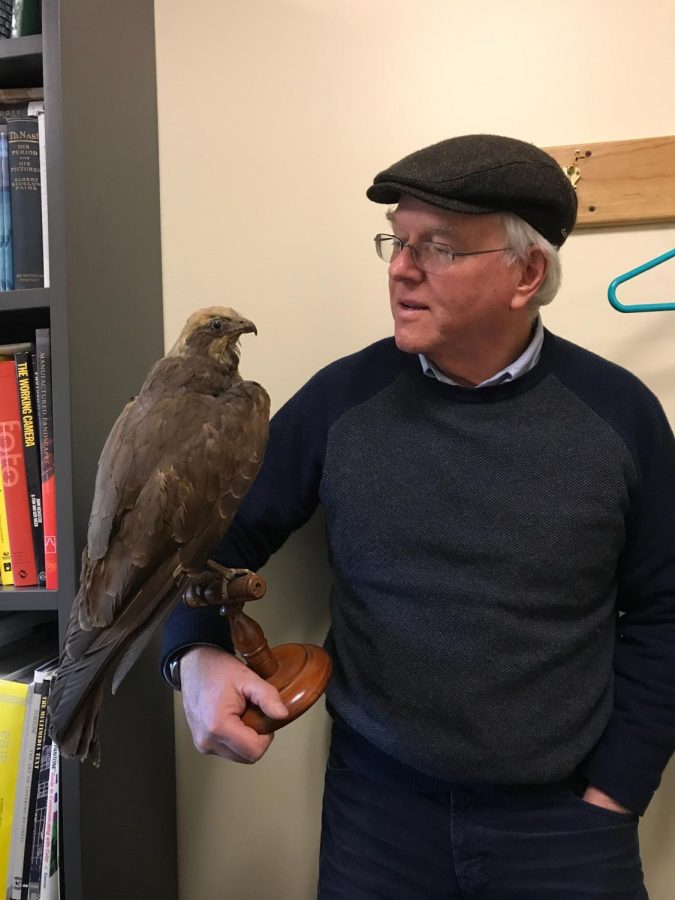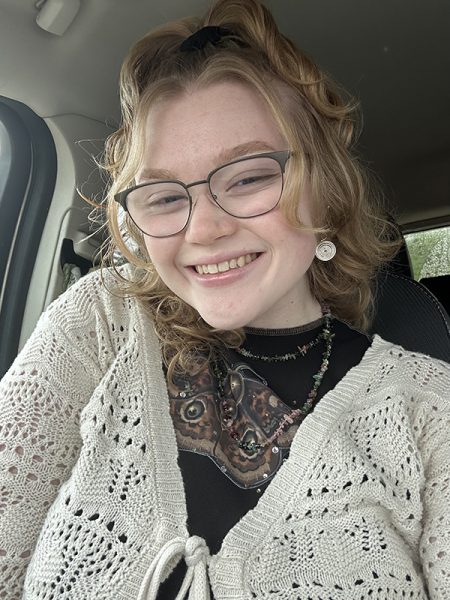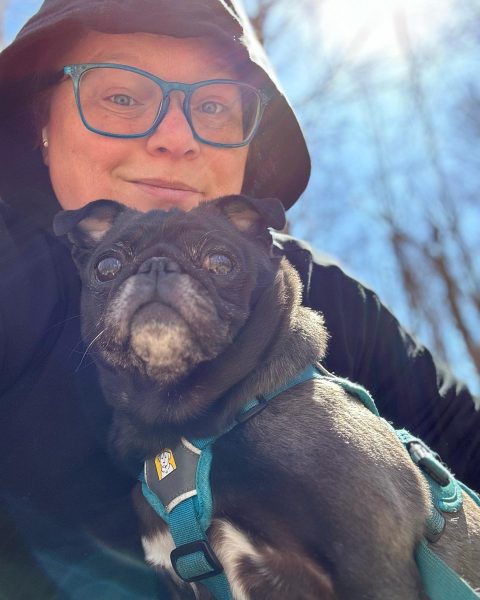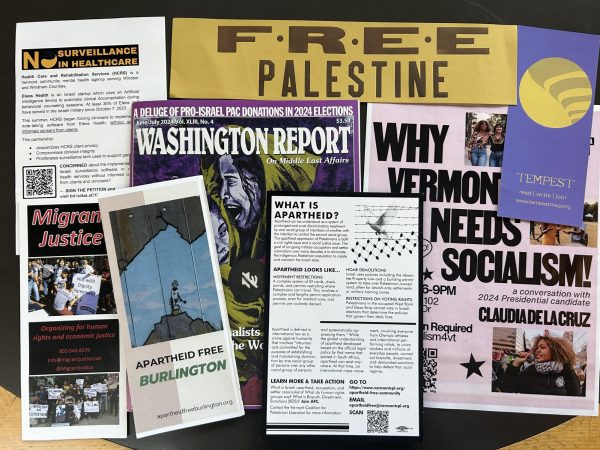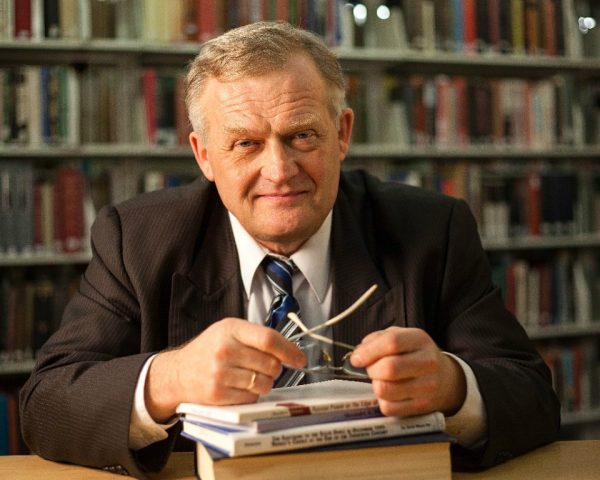More than 1,000 words
John Miller
John Miller is a professor of fine arts at Johnson State College, focusing mainly on photography, both traditional film and digital. In 1992, he published a book of photographs called “Deer Camp: Last Night in the Northeast Kingdom,” which documents the rituals and culture of hunting camps in northern Vermont.
How did you first get into photography?
I was geology major as an undergraduate, but my final semester I took one drawing course and it was immediately the most relaxing and fun course that I took. Also, a friend introduced me to photography my junior year. The summer after I graduated I studied privately for eight weeks with a fellow who use to be one of Ansel Adams’ private printers. I lived with him in a tent outside his house and studied the zone system technique.
How did you end up at JSC?
Teaching was a mid-career change for me. I was a freelancer for many years and with the publication of my book, “Deer Camp,” I had to go out and give lots and lots of lectures, although I feared talking in public. Beginning to talk about the book I became really excited about the idea of maybe trying to part more of my experiences and knowledge to others. So, I picked up an adjunct teaching job at UVM and then eventually another adjunct job at Johnson and also some part-time teaching jobs at elementary schools. Eventually it turned into a full-time job here at Johnson and that has been a really good experience.
What do you enjoy most about your job?
Prepping for classes and putting together lessons or lectures for students, and putting together diverse kinds of photography.
Who were some of your early influences in photography?
When I was about 25 years old, I went to a series of lectures by Ansel Adams at the Metropolitan Museum and I had previously met him through the person I studied privately with. So I wrote to Ansel Adams and asked him if it might be possible to meet him in New York if he had time, and if he’d be willing to look at my portfolio. I look back on this and wonder how on Earth did I ever have the fortitude to contact the great Ansel Adams and even think that during his time in New York he’d take time out for a little bumpkin from the Northeast Kingdom and talk with him. About a week later, I received this letter from him saying he’d love to meet with me and would be more than happy to look at my portfolio. I ended up running into him on Madison Ave. in New York and ran over to meet him. He was this tall, imposing person with a big 10-gallon cowboy hat on and cowboy boots. I introduced myself to him and he said, “Oh yes, Mr. Miller, very nice to see you.” The next day or so I made an appointment and went to his hotel and he spent an hour with me going through my portfolio. I’ve found that sometimes the people in life who are at the top are actually the most approachable.
What else did you do for work before becoming a teacher?
One of my first jobs, beginning in my early twenties, I became the staff photographer for Shelburne Museum. Just out of the blue, it was the one photography job available in Vermont back in the early 70s, and somehow I miraculously landed the job. The pay was awful but the experience was extraordinary and truly set the course for my life. By the time I was 23 or 24, I was photographing Rembrandt paintings and handling them. I’ve been able to work with many different kinds of historians and I’ve handled a copy of the Gutenberg Bible and original art works by Da Vinci. One job led to another through contacts, all through word of mouth.
What is your favorite photo series that you have done?
Some people think that “Deer Camp” was my most important. The project I feel really strongly about was my early series about rural Northern Vermont. Also, comparative studies I have done like comparing Italians to people in our country.
What have been your favorites road trips you have taken for your photography?
Road trips where I’d go down the road from my house and knock on a door and be asked into a farmhouse to have lunch. I’d leave by like six or seven in the afternoon and they’d tell stories and I would photograph them. I also have traveled to France and Italy. I’ve returned to Italy several times and always go to the same house, eight or 10 times now. It has become a base of operations for me, like another home. It allows me to have more and more access into people’s private lives.
Have you ever had any negative reactions from knocking on random doors?
Only one time in Colorado. A fellow sort of threatened me, but I think he was intoxicated and we ended up having a great conversation. I always tried to turn a negative into a positive, particularly out west, when most people were carrying a weapon and I was carrying a camera and we were in remote areas.
What are some of your hobbies?
Photography started off as a hobby and now is very much a hobby/profession and I have been doing it for about 50 years. I also do a lot of house restorations, particularly historic houses, both personally and overseeing master carpenters and master masons. I am also a collector. I collect books and nickel and dime photographic collections, particularly oddball stuff to show my students.
What is a guilty pleasure of yours?
I love to travel. I have traveled for years going on road trips, taking photographs and observing, looking at the land, architecture, how people work with the land, and going inside buildings and photographing them.
What are the three most important skills for a photographer to have?
Curiosity, patience and the will to persist and become fearless.
Do you prefer the aesthetics of digital or analog, and why?
Both are interesting and legitimate. It’s all in the hands of the user, it doesn’t matter what the process is. Some of the documentary work that is happening on Instagram is fascinating. One I really like is called “The Hidden Self.” It is extraordinary, beautiful work.
Can a photo lie?
Absolutely. Photographs are very powerful as far as their similitude and their optical mechanical description of visual information and it is hard to argue with it, specifically before the invention of Photoshop. Now images can be fabricated from scratch. But photographs are very revealing, they tell us not only about the subject, but also about the maker of the photograph.
Is a picture really worth 1,000 words?
It can be worth much more than that.
What do you want your legacy to be?
It’s something I think about as I am approaching 70 now. I want to be able to place things like my photographs and manuscripts in the right hands where people can use them for study and places that might be able to generate money for institutions. My work is probably my legacy, that and hopefully influencing a few students while I’ve been here.
If you could have dinner with any four people from history, who would they be?
I would like to have been able to have dinner with my grandmother and grandfather, 30 years later when I’d matured and become a photographer and talked to them about my experiences and maybe even my father and mother, who lived to see one of my books, but not to see where my work has progressed since they died.
What would you choose for your last meal?
Something that was produced in a small restaurant in Italy, or a great restaurant in France.
What do you want your tombstone to say?
I would leave that up to my daughter. I have only one child and she is quite a photographer herself. Maybe she would put an etching of a camera.
What are your retirement plans?
I want to set a goal of publishing [maybe] 20 photo books in my first year. I have lots of book projects that are just lying in my computer now, unfinished, but huge numbers of photographs. Thousands and thousands and thousands of digital images. I am so many projects out ahead of where I am working now, I’m backed up over 15 years now. Officially this spring I will be finishing full-time teaching. I have elected to do what’s called a phase-out retirement. I am looking at doing half a course load for two years as an adjunct professor. I look forward to keeping my hand in teaching, but also being able to do more of my work.


